The Largest Wind Farms in Texas
5 minute readDiscover how Texas dominates U.S. wind power with massive utility-scale projects.
Home > Learning Center > Energy Production > What Is Renewable Energy?
6 minute read • Last update June 2024
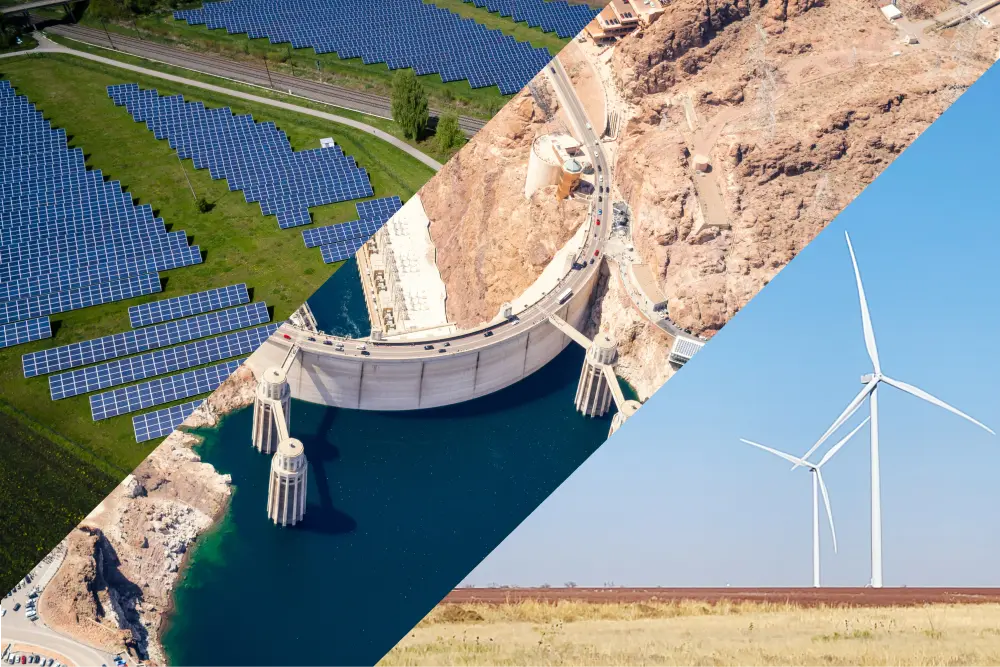
Renewable energy is derived from natural resources that are inherently replenished on a human timescale. Unlike non-renewable sources like coal and oil, renewable energy sources regenerate naturally, ensuring a sustainable supply. As concerns about climate change and environmental degradation grow, the transition to renewable energy becomes increasingly vital.
Solar energy harnesses the power of the sun. Photovoltaic cells convert sunlight directly into electricity. Solar farms, with vast arrays of solar panels, are becoming more common as the technology becomes more affordable.
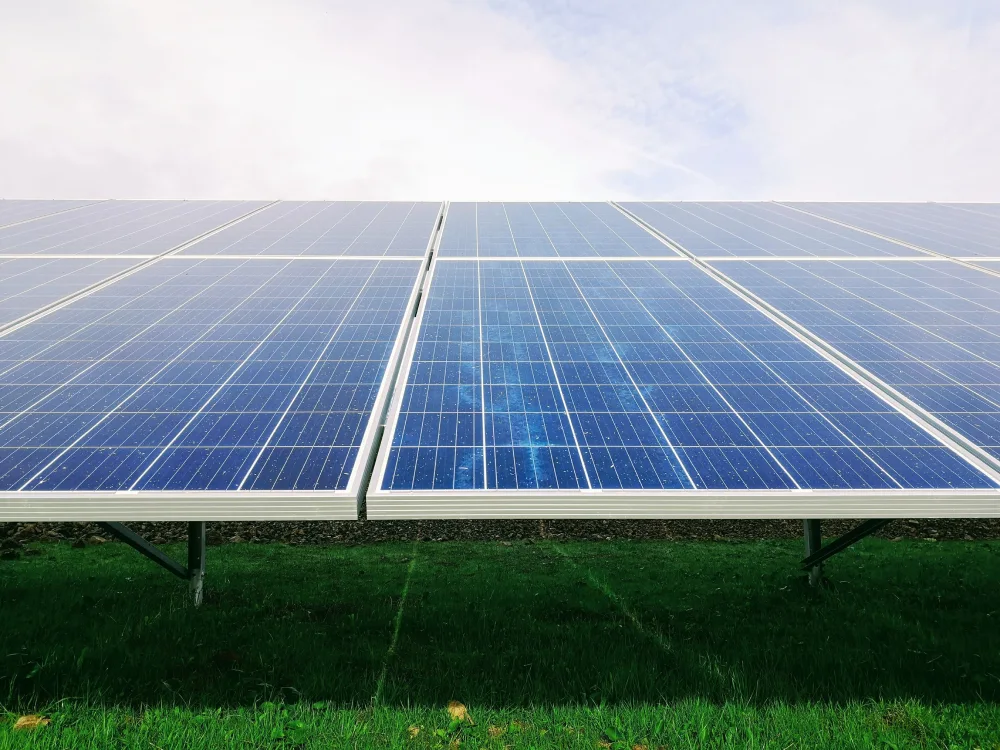
Wind energy uses the kinetic force of the wind to turn turbines, which then generate electricity. Wind farms can be found both onshore and offshore, with the latter capturing the more consistent and powerful sea breezes.
Hydropower, or hydroelectric power, uses the energy of flowing or falling water to generate electricity. Dams are often built to store water in a reservoir; when released, this water flows through turbines, producing energy. Other forms of hydropower include tidal power and wave power.

Biomass energy is derived from organic materials. This includes wood, agricultural waste, and even animal manure. When these materials are burned or biologically processed, they release energy.
Geothermal energy taps into the Earth’s internal heat. By drilling deep into the Earth’s crust, we can access steam and hot water, which can be used to drive electric generators.
The ocean offers multiple sources of renewable energy. Tidal energy harnesses the gravitational forces of the moon and sun, wave energy captures the power of the surface water motion, and ocean thermal energy exploits the temperature difference between the warmer surface and cooler deep ocean water.
When dissecting renewable energy, it’s vital to understand the advantages it offers.
Renewable energy sources emit little to no greenhouse gases, making them a cleaner option compared to fossil fuels. This helps in reducing the overall carbon footprint and combating global warming.
Renewable energy can lead to job creation in manufacturing, installation, and maintenance. As the demand for green energy solutions rises, economies can benefit from this growing industry.
By harnessing the power of renewable energy sources such as solar, wind, hydro, and geothermal, we are making a conscious effort to safeguard our resources for future generations. This proactive approach to energy production guarantees that our descendants will have access to sustainable and clean energy sources, ensuring a brighter and greener future for all.
By relying on a diverse mix of renewable energy sources such as wind, solar, and hydroelectric power, we can effectively reduce our dependence on a single energy type. This approach not only enhances energy security but also strengthens the resilience of our energy systems, making them more adaptable and reliable in the face of potential disruptions. Embracing this approach is crucial for a sustainable and future-proof energy future.
With the alarming increase in levels of carbon dioxide in the atmosphere, it is of utmost importance to transition from fossil fuels to renewable energy sources. By harnessing the power of the sun, wind, and other sustainable resources, we can effectively mitigate the detrimental effects of climate change and safeguard the future of our planet.
Reduced burning of fossil fuels has several significant benefits for the environment and public health. By decreasing the usage of fossil fuels, we can significantly reduce air pollutants, leading to cleaner air and a healthier environment. This, in turn, can help alleviate respiratory and cardiovascular issues, creating better public health outcomes for communities around the world.
By actively utilizing local renewable energy sources, countries have the potential to significantly reduce their heavy dependence on foreign oil imports. Embracing a diversified energy portfolio through renewable sources empowers nations to achieve greater energy independence and resilience while simultaneously promoting a greener and more sustainable world for future generations.
The terms “clean energy” and “renewable energy” are often used interchangeably, but they represent different concepts within the sustainable energy landscape. So, “What is renewable energy?” and “What is clean energy?”
Renewable energy comes from natural processes that are continually replenished, including:
These sources are sustainable over time and generally have lower environmental impacts compared to fossil fuels.
Clean energy refers to energy sources that produce minimal or no greenhouse gases, encompassing:
The intersection of clean and renewable energy lies in their shared goal of reducing greenhouse gas emissions. The divergence is that renewable energy focuses on perpetually available sources, while clean energy is more inclusive, covering any energy source that minimizes environmental impact, including non-renewable sources with low emissions like nuclear.
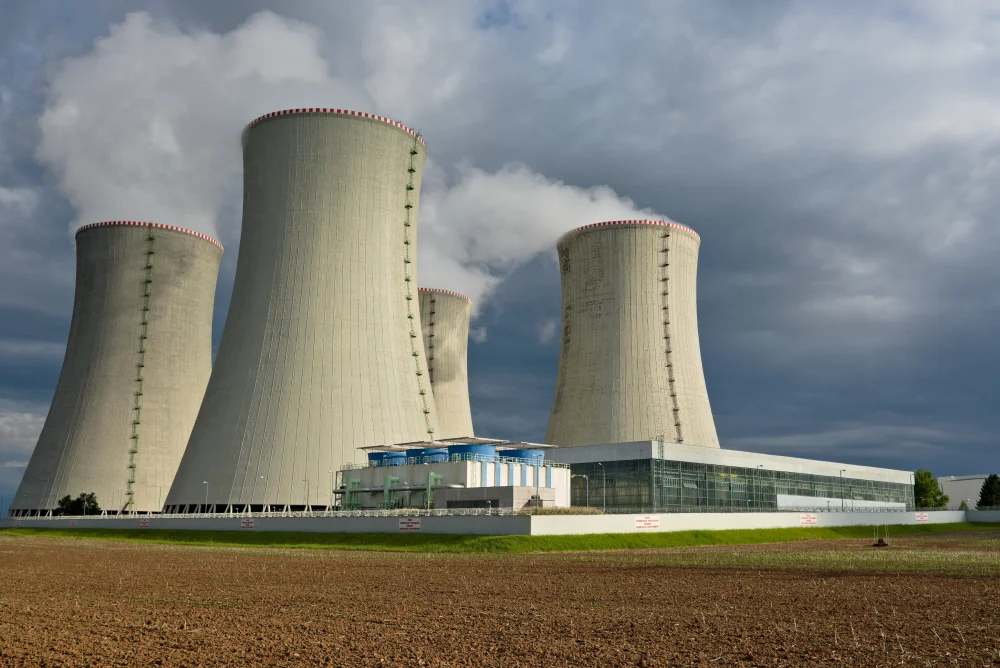
Renewable energy in various forms has been used by humans for thousands of years, long before the term “renewable energy” was coined. Here are a few historical instances:
The concept of renewable energy as a part of a wider environmental movement, emphasizing the need for sustainable energy sources as an alternative to fossil fuels, gained significant traction in the 20th century, particularly after the oil crises of the 1970s. This period marked the beginning of more concerted efforts to develop and implement renewable energy technologies on a larger scale.
Transitioning to renewables necessitates substantial infrastructure changes, such as constructing new facilities powered by renewable sources and upgrading the existing grid to accommodate the evolving energy landscape. These developments play a vital role in enabling a sustainable future and reducing our reliance on fossil fuels.
Government incentives, such as tax breaks and grants, play a crucial role in expediting the widespread adoption of renewable energy. By providing financial support and incentivizing the transition to cleaner sources of power, these measures not only facilitate the development of sustainable energy solutions but also contribute to the overall reduction of harmful emissions and the preservation of our planet for future generations.
Continuous innovation and ongoing research and development efforts are crucial in order to make renewable energy sources not only more efficient but also more affordable and widely accessible. By constantly exploring new technologies, refining existing systems, and finding innovative approaches, we can accelerate the transition towards a sustainable future.
Educational campaigns play a crucial role in raising awareness about the immense advantages of renewable energy. By delivering valuable information and insights, these initiatives empower the public to make informed decisions, thereby driving the demand and acceptance of renewable energy sources.
Graham Lumley, Digital Marketing Manager at BKV Energy, leads digital and traditional marketing strategies, focusing on educating Texans about the state's deregulated energy market. With over 8 years of marketing experience, he creates content to help consumers understand and save on their energy bills, bringing a fresh and dynamic approach to the industry.
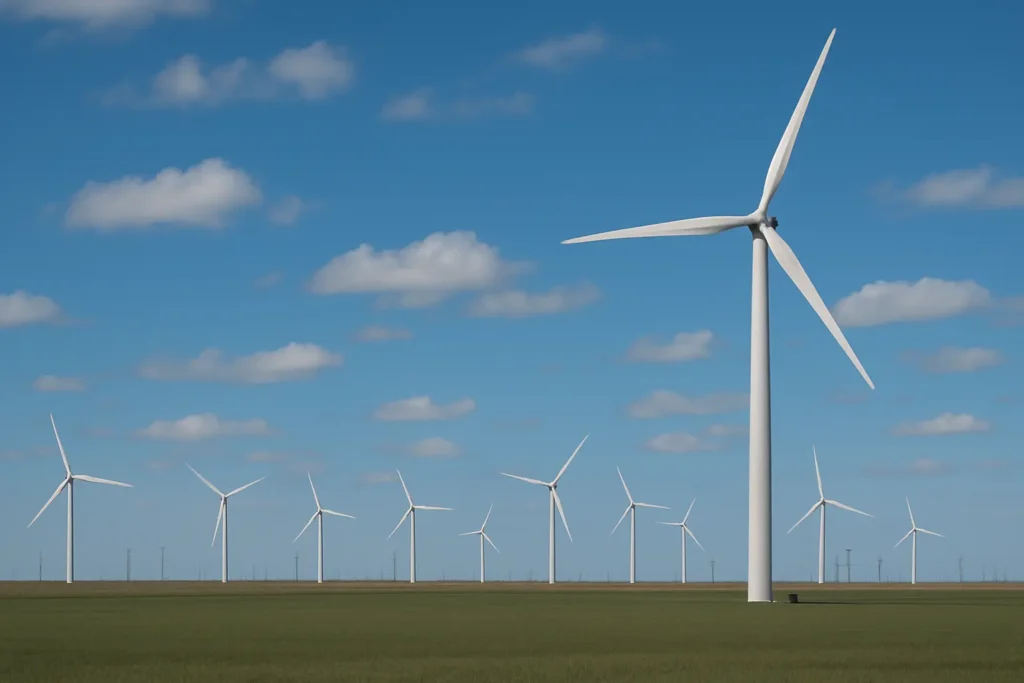
Discover how Texas dominates U.S. wind power with massive utility-scale projects.
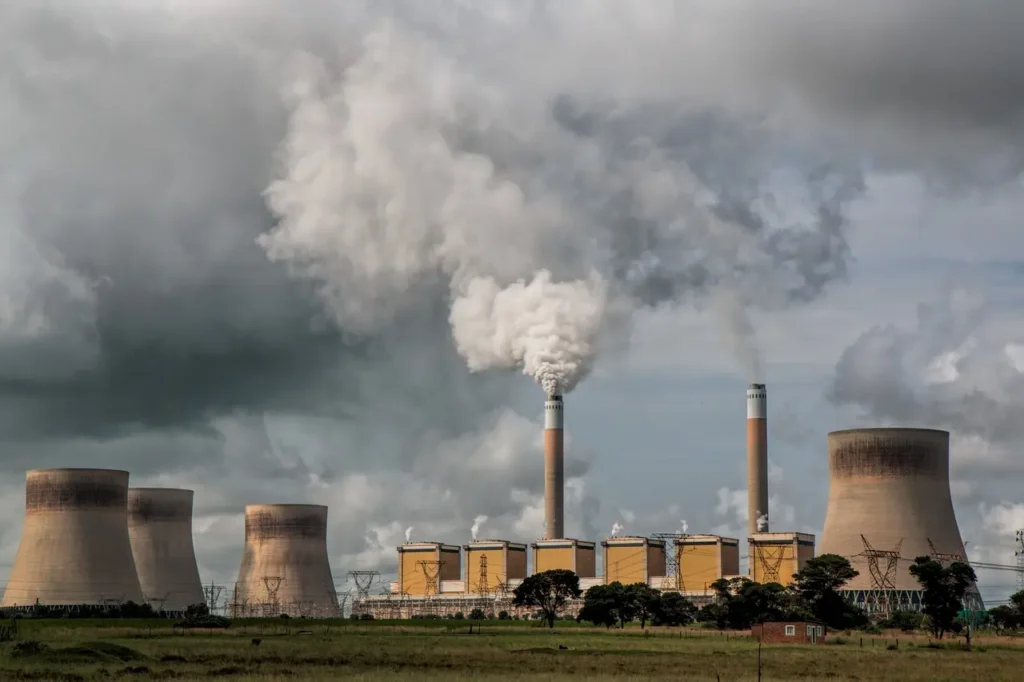
Get $50 off your electric bill!
Use code BKVEJOINUS50
Enter your zip code to shop BKV Energy's affordable, fixed-rate Texas electricity plans. Use the promo code for $50 off your electric bill.